The 2025 Life Sciences Interdisciplinary Graduate Programs (LSIGP) Symposium convened at The Ohio State University’s Ohio Union on Wednesday, May 21, spotlighting the innovative research of graduate students across four premier programs: Biophysics, Molecular, Cellular, and Developmental Biology (MCDB), Neuroscience (NGP), and the Ohio State Biochemistry Program (OSBP).
The symposium, described by organizers as “interdisciplinary, engaging and discovery-driven,”( LS-IGPSmposium) featured a full day of presentations, networking opportunities and recognition of student excellence. The event aimed to foster collaboration and showcase the breadth of scientific inquiry within the university’s life sciences community.
The day began with a welcome address from leaders of the Graduate Interdicsiplinary Program’s community and transitioned into plenary talks by select student researchers. Among the featured speakers was Meretta Hanson (neuroscience), who presented a simulated calcium imaging dataset and analysis pipeline for hippocampal place cells. Electra Coffman (MCDB) discussed how Arvcf recruits Ankyrin-B to stabilize the Cadherin-Catenin complex in the aging lens. Gianni Giarrano (OSBP) introduced antibody fusion proteins designed to enhance plasma membrane repair in muscle diseases, while Jenna Thuma (biophysics) explored the molecular underpinnings of troponin enhanceropathies.
Beyond the presentations, the symposium had two poster sessions that brought together a wealth of other student research projects, from studying traumatic brain Injuries to experiments in protein structure distortion. The poster sessions filled the Union’s ballroom, offering attendees a chance to engage directly with presenters and explore a wide array of life sciences research. The poster presentation brought together over 120 presenters in one space, which was packed with conversation between faculty and students for the symposium’s early afternoon sessions.
To finalize the presentations, a set of parallel sessions gave attendees the chance to see 15-minute talks on research from a wide range of students. Topics ranged from gene therapy and DNA recombination to cancer modeling and neuroinflammation. Each session was concluded with a lively question and answer session, which was not only enlightening for many of the attendees but also enabled students to receive feedback about similar research, possible articles they should read, and provided insight into questions that are tangential to their specific presentation topics.
An overarching theme of the symposium was focused on students learning how to communicate science, getting feedback and building relationships that can shape their careers. Whether in presentations from faculty or students, the collaborative, supportive spirit across these interdisciplinary programs was ever present. The day wrapped up with a celebration that included an ice cream social and a short award ceremony, which featured a highlight of all the presenters listed below. The symposium was an amazing experience thanks to the collaborative effort of the programs’ staff and leaders, who have been hosting this event for the past 18 years.
Photos from the 2025 Life Sciences Interdisplinary Graduate Program Symposium
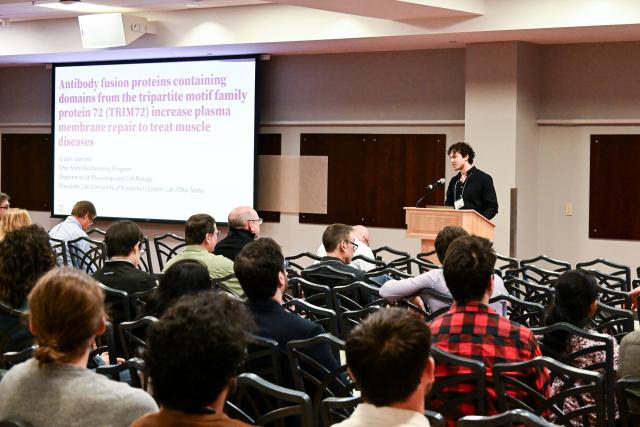

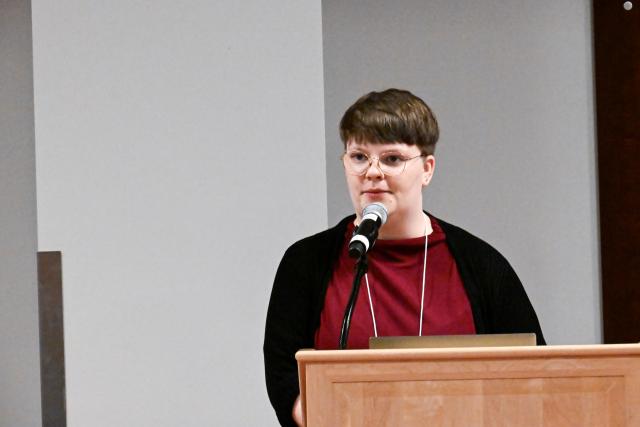
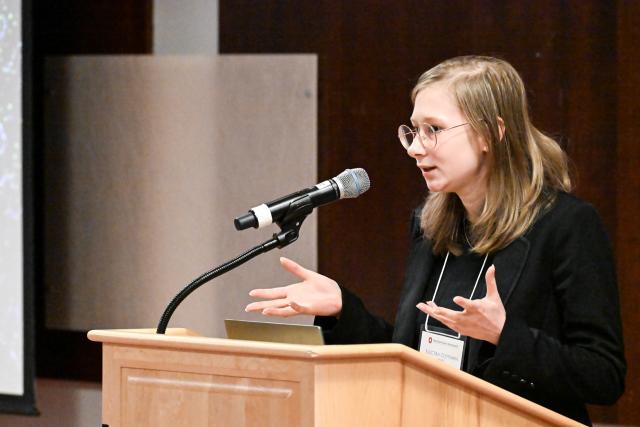
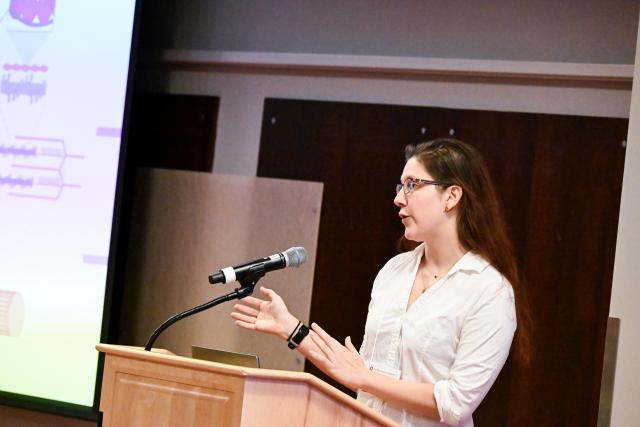

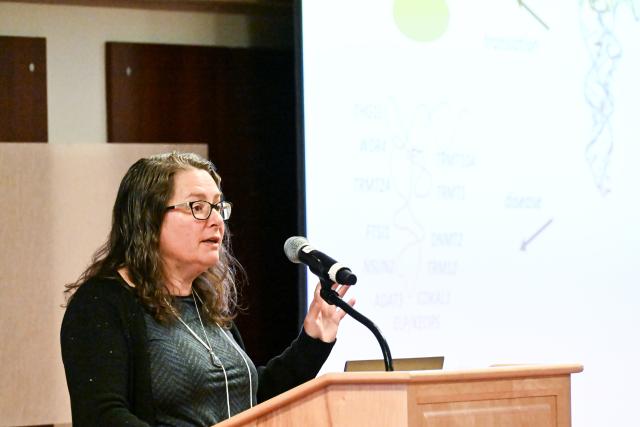
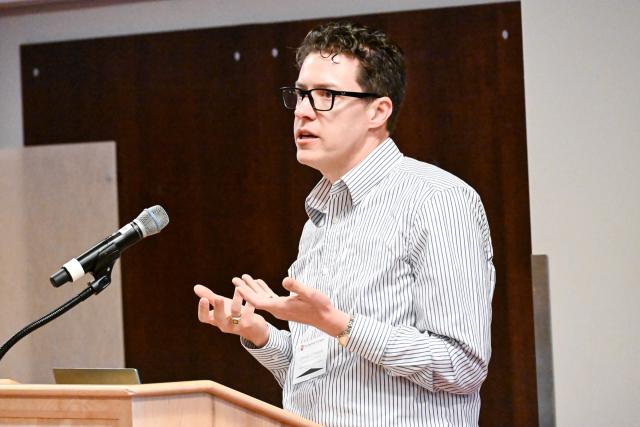
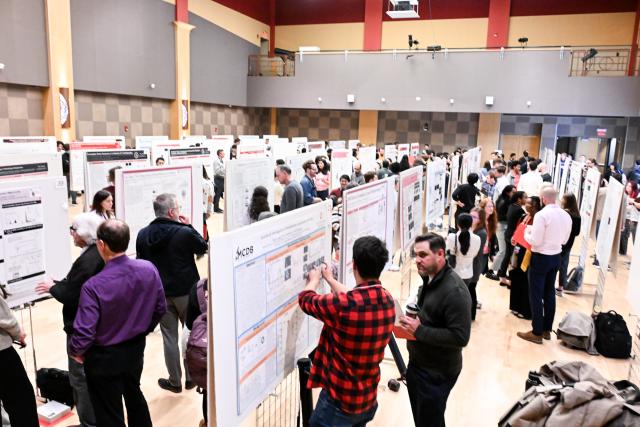
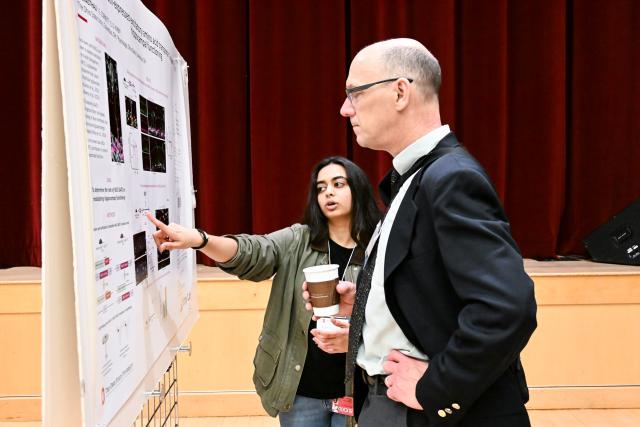


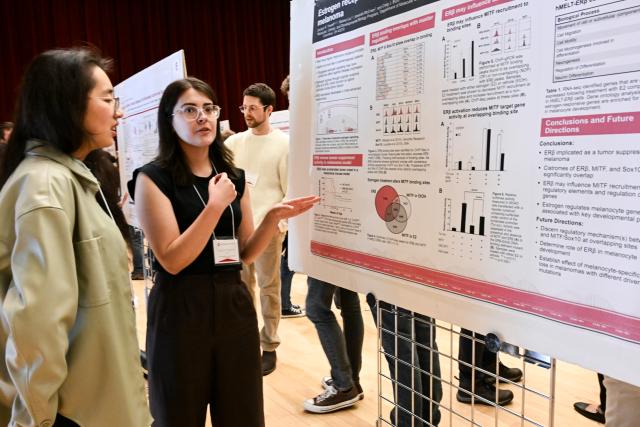
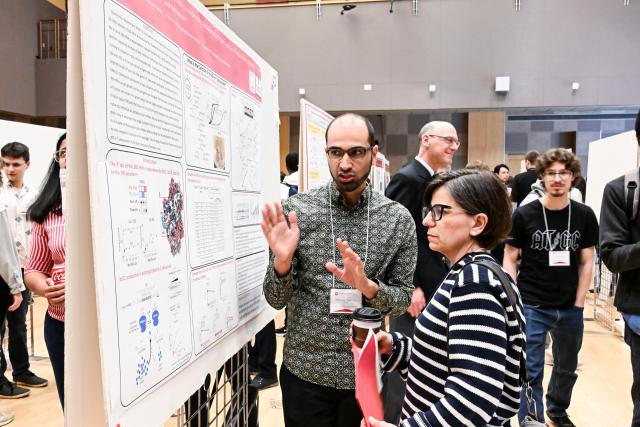


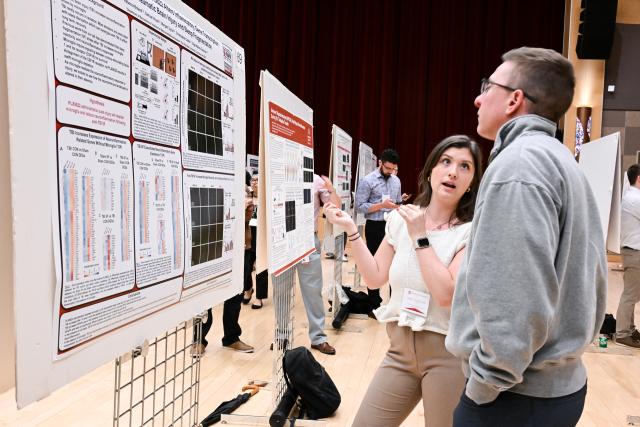

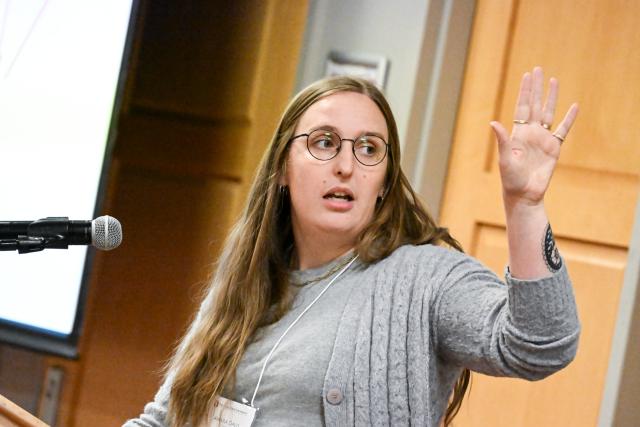

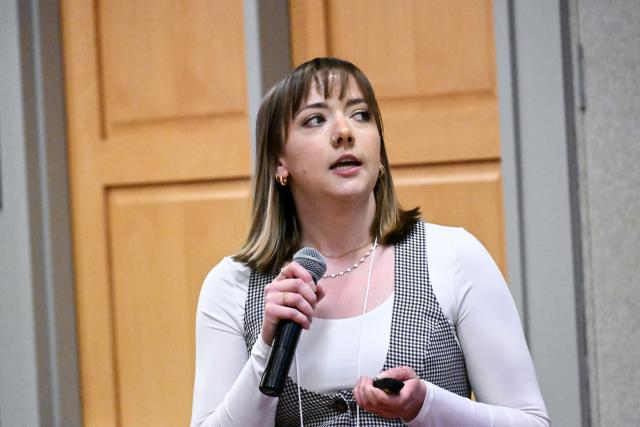
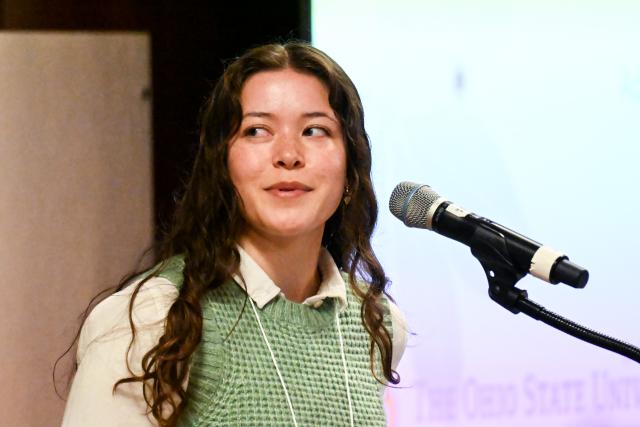
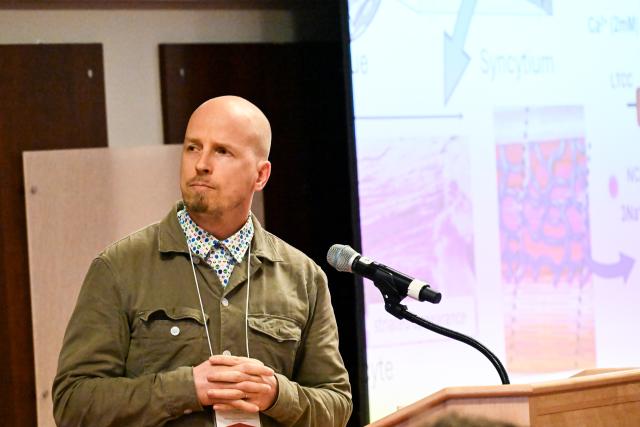
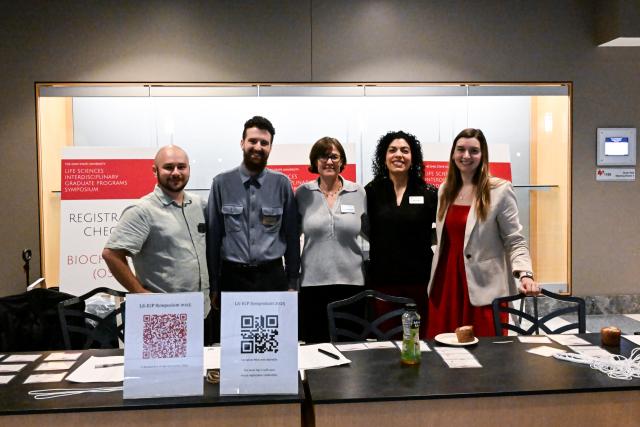

Symposium Presenters and Award Recipients
Plenary student presenters:
Meretta Hanson, neuroscience, A simulated calcium imaging dataset and analysis pipeline for hippocampal place cells
Electra Coffman, MCDB, Arvcf recruits Ankyrin-B and stabilizes the Cadherin-Catenin complex in the functional Aging Lens
Gianni Giarrano, OSBP, Antibody fusion proteins containing domains from the tripartite motif family protein 72 (TRIM72) increase plasma membrane repair to treat muscle diseases
Jenna Thuma, biophysics, Troponin Enhanceropathies
Parallel session student presenters:
Best presentations:
Jessica Herstine, MCDB, Two years of efficacy: astrocyte-targeted gene replacement for vanishing white matter disease exposes uncorrected disease mechanisms
Jonathan Montgomery, OSBP, Autoinhibition Enhances DNA Scanning Rates in Cre Recombinase
Runners up:
Leyre Jiminez Garcia, MCDB, In vitro medulloblastoma leptomeningeal metastasis models reveal adhesion signaling as a therapeutic vulnerability
Mia Kordowski, biophysics, Functionalized engineered extracellular vesicles for targeted delivery to intervertebral disc cells
Poster presenters:
Best presentations:
Salma Abdelbaky, MCDB, Epigenetic deregulation of CT45A neoantigen alters the immune microenvironment and survival in AML
Kaarthik Balakrishnan, biophysics, Thermoregulation in larval zebrafish is characterized by navigational modes that are represented in the brainstem
Carter Wheat, OSBP, Cryo-EM structures of yeast RAD52 homolog Mgm101 in complex with DNA reveal snapshots of a full single-strand annealing pathway
Zach Zixu Guo, neuroscience, The important role of complement protein C3 in noise-induced hearing loss and tissue pathology.
Runners up:
Calli Bellinger, neuroscience, MerTK signaling in microglia regulates neuroinflammation in a region-specific manner during EAE
Christopher Cotter, neuroscience, Sleep Fragmentation Compromises Sleep Recovery Patterns Following Traumatic Brain Injury
Hayley Groover, neuroscience, A novel subset of CNS clonally-expanded innate-like B cells correlate with neurological disability in a mouse model of progressive multiple sclerosis
Nicklaus Halloy, neuroscience, The PS19 mouse model of tauopathy: pathological profiling and circadian timing
Micaiah McNabb, neuroscience, Small-conductance Ca2+-activated K+ channel, SK2, is the final missing component of astrocytic passive K+ conductance
Lily Schumacher, biophysics, Characterizing force transfer across Arabidopsis LINC complexes
Paul Toth, MCDB, Structural insights into DNA cleavage by novel bacterial topoisomerase inhibitors
Yi-Hui Wang, OSBP, An AT-hook transcription factor promotes transcription of histone, spliced-leader, and piRNA clusters
Lynde Wangler, neuroscience, Unique disease-associated microglia persist chronically after diffuse traumatic brain injury and contribute to dysregulated immunity following secondary inflammatory challenge
Tong Xiao, MCDB, ZFP148 is a novel transcriptional checkpoint for effector CD8+ T cell differentiation
Amir Yousif, MCDB, H3K4 demethylases regulate epigenetic programming of exhausted T cells and restrain immunotherapy responses